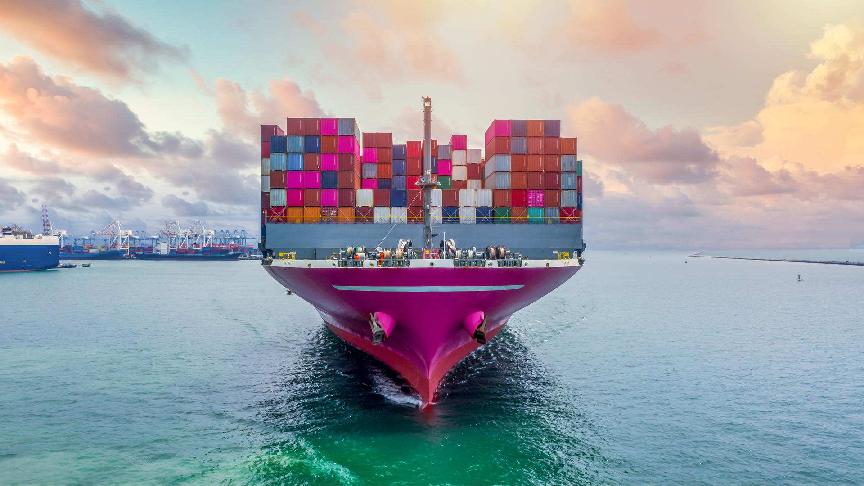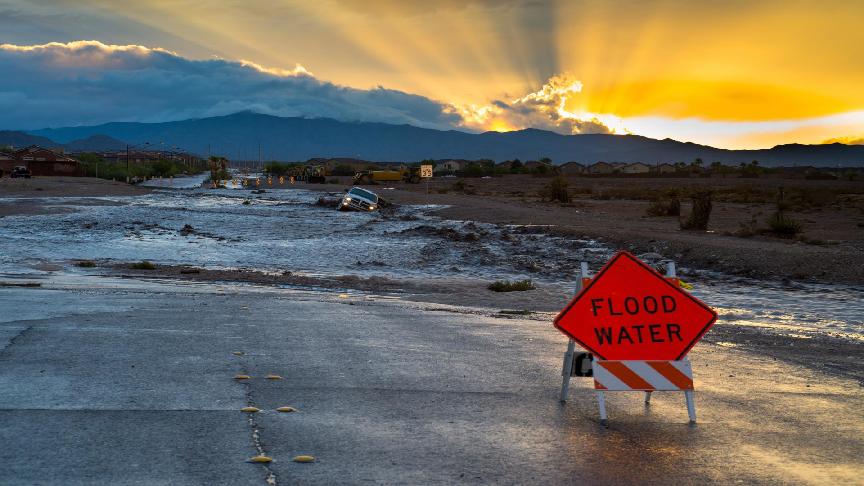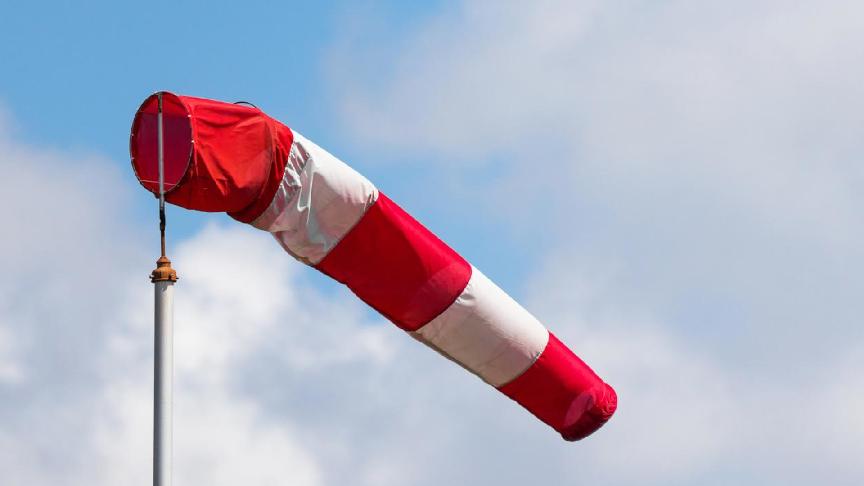On 1 October 2024, the International Longshoremen’s Association (ILA) initiated a strike, shutting down all ports from Maine to Texas. This labour action marks the first coast-wide strike by the ILA since 1977. With this report, Kuehne+Nagel provides you with an overview of the latest developments circulating in the media
The strike began after the ILA rejected the final proposal from the United States Maritime Alliance (USMX), which the union deemed insufficient in terms of wage increases and protections against automation.
It is difficult to predict how long the strike will last at this time. However, ILA President Harold Daggett has stated that the union is prepared to strike for as long as necessary to achieve their demands.
"We are prepared to fight as long as necessary, to stay out on strike for whatever period of time it takes, to get the wages and protections against automation our ILA members deserve,” said Dagget in a statement.
What ports are impacted?
The union’s members have set up picket lines at waterfront facilities along the East and Gulf Coasts, and operations have ceased.
The strike affects 14 major ports, including Boston, New York/New Jersey, Philadelphia, Wilmington, Baltimore, Norfolk, Charleston, Savannah, Jacksonville, Tampa, Miami, New Orleans, Mobile, and Houston.
These ports handle a significant portion of US imports, and the strike is expected to cause widespread disruptions.

What steps are ocean carriers taking?
Carriers have been preparing for the strike by adjusting their routes and unloading cargo at alternate ports. For example, CMA CGM and Hapag-Lloyd have changed their schedules.
Lloyd’s List reports that The Alliance rescheduled plans to use Canada and Mexico if the strike proceeds. The two boxships Tempanos (IMO: 9447897) and Tokyo Bay (IMO: 9629380) will drop off US-bound cargo in Altamira, Mexico, instead of their original calls in New Orleans and Houston.

What alternatives are there?
Alternative gateways, such as Canada’s Port of Halifax or the Canadian West Coast, will likely fill up quickly, as ocean carriers call them during the strikes.
The Port of Montreal has announced a strike this week, expected to last until 3 October.
The strike is expected to have significant economic repercussions. JP Morgan analysts predict that it could cost the US economy up to USD 5 billion a day.
Potential impact on shippers and the economy
Economists and logistics executives agree that the strike’s impact will vary based on the duration of the work stoppage.
They estimate that one strike day would need a week to clear the backlog. If the strike extends to a week, clearing containers may take up to two months.
However, analysts believe past disruptions have taught shippers and carriers to develop strategies for dealing with such events, including ship queues and route diversions.
Shippers raced to get their cargo off the terminal grounds before the strike began. Many have accelerated shipments and shifted cargo to the West Coast to avoid delays.
ILA demands
The ILA mainly demands a 77% wage increase over six years and protection against full automation of port operations.
The USMX had previously offered a 40% wage increase, which the ILA rejected.
In the final hours before the strike, USMX increased their offer to nearly 50%, along with other benefits such as tripling employer contributions to retirement plans and strengthening healthcare options. However, this offer was still not enough to prevent the strike.
Railroads and West Coast labour union (ILWU) involvement
From a labour perspective, the strike does not impact rail operations in the US. However, any cargo that is currently awaiting rail loading at an ILA facility will not be handled.
That said, they might face an operational impact once the strikes are over and the backlog clearance process begins. The large number of containers that should travel by rail could lead to longer dwell times.
While no pressure tactics are expected on the West Coast, ILWU members announced they would not handle diverted ships from the East Coast.
Scenario: How the strike could play out
In their coverage of the developments, analysts provided a number of possible scenarios for the current situation.
If the parties successfully negotiate a new labour agreement, the strike and work stoppage will end. If that is not the case, dockworkers could strike until their demands are met.
This situation could lead to the Biden administration intervening by invoking the Taft-Hartley Act, which would enforce an 80-day cooling-off period.
However, the Wall Street Journal reported that the Biden administration believes that US supply chains are robust enough to withstand a brief strike lasting up to a week.
As we continue to monitor the situation, it is important to highlight that new developments are constantly unfolding, and the situation may change.
For inquiries about your shipment, the Kuehne+Nagel team of experts is here to help. Reach out to your local representative and check our latest advisory through this link.







